To Western eyes, Iraq is a nightmarish hurricane of blood, bullets and bombs. We see it through the lens of a news media that still uses the motto “if it bleeds, it leads”.
Editors salivate at shots of mutilated corpses, masked men committing horrific acts of violence and apocalyptic threats about the end of civilisation.
Yet amidst this carnage there’s a story going untold, one that could have broader consequences on the world than these acts of violence.
It’s a tale of mass population displacement, of how conflict percolates into everyday life, of the consequences and reverberations beyond the news headlines.
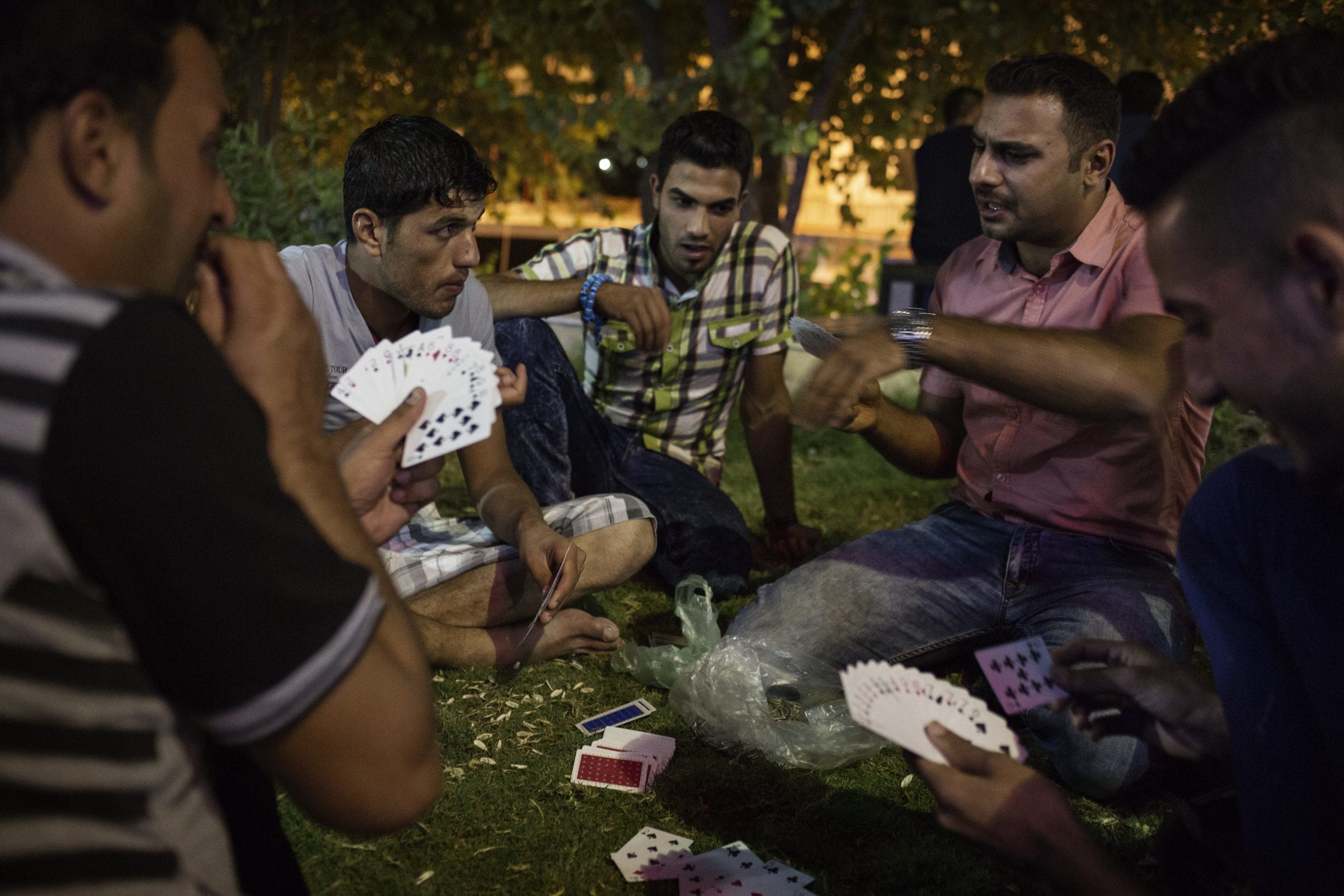
The website covers topics as disparate as a Christian and Sunni family learning to coexist under the same roof; barbers threatened with having their fingers cut off if they keep cutting hair in Western styles; and Yazidi women kidnapped and sold into sexual slavery.
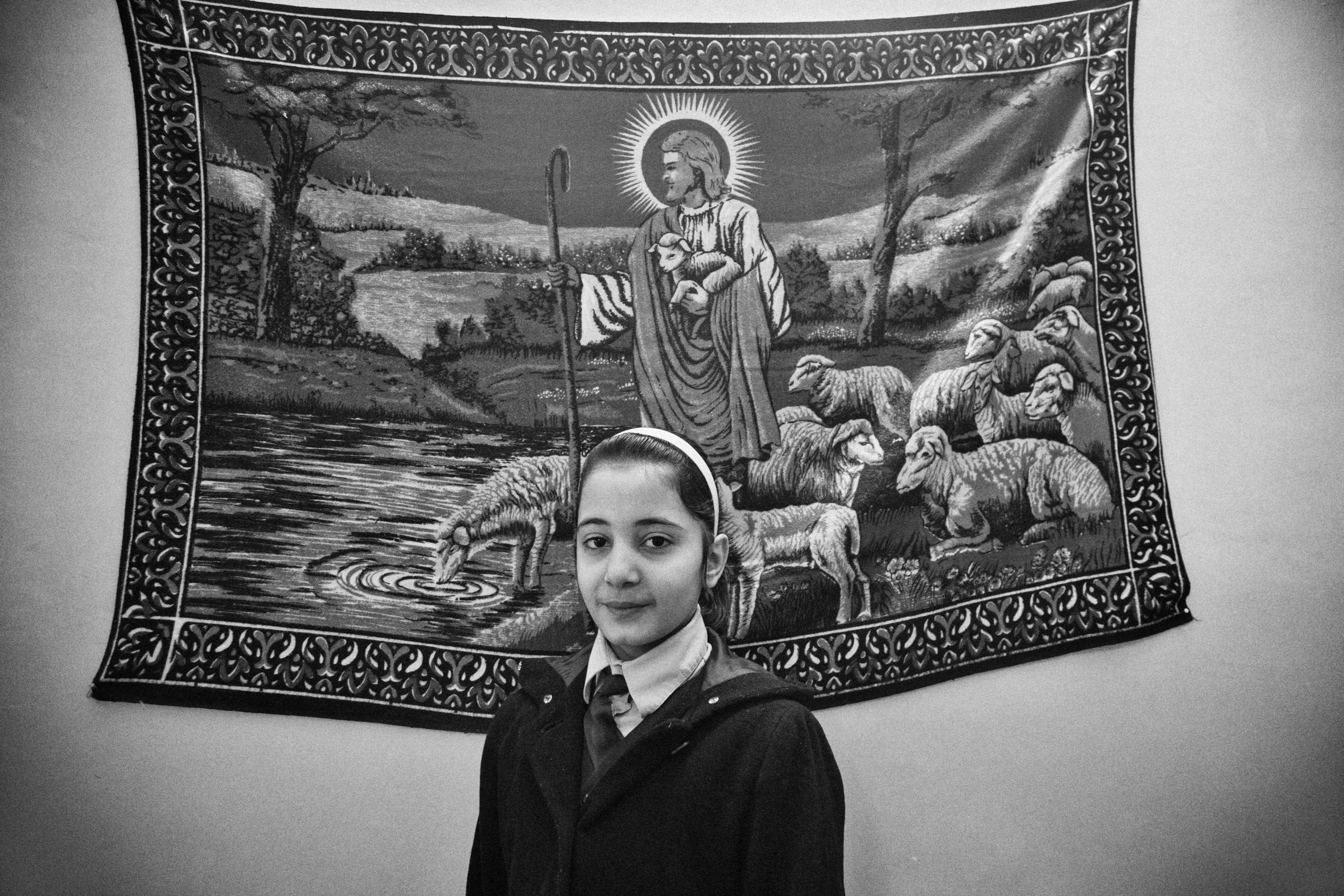
Bosio and his colleague Stefano Carini spent a full year developing this series, working with countless native and international photographers. Yet one of Map of Displacement’s most striking projects – an encapsulation of the work Bosio is engaged in – is Seivan Salim’s Escaped, a series of portraits of the Yazidis women whom narrowly escaped ISIS militia.
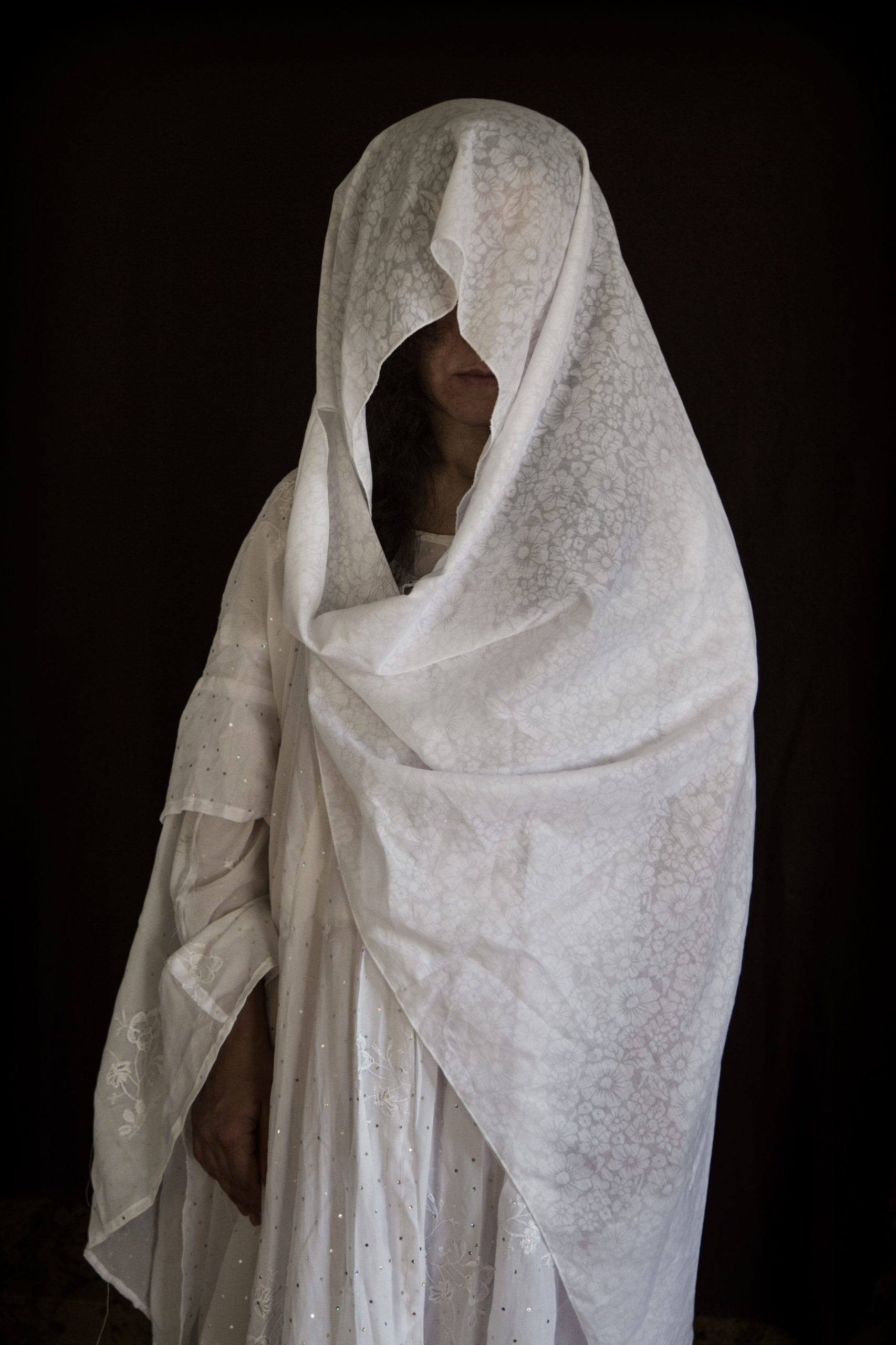
In August 2014, ISIS attacked Sinjar, a northern city predominently inhabited by Yazidis, a distinct religious group whose beliefs contain elements from Zoroastrianism, Christianity and Islam.
During their attacks on the city, ISIS killed tens of thousand of people and kidnapped over 5,000 Yazidi women who they sold into sexual slavery. Salim’s Escaped aimed to track down some of the women that managed to escape and tells their stories.
“Seivan is a news photographer and had wanted to tell these women’s story for a very long time, but because it’s so sensitive it took months to gain the subject’s trust,” Bosio says of the series.
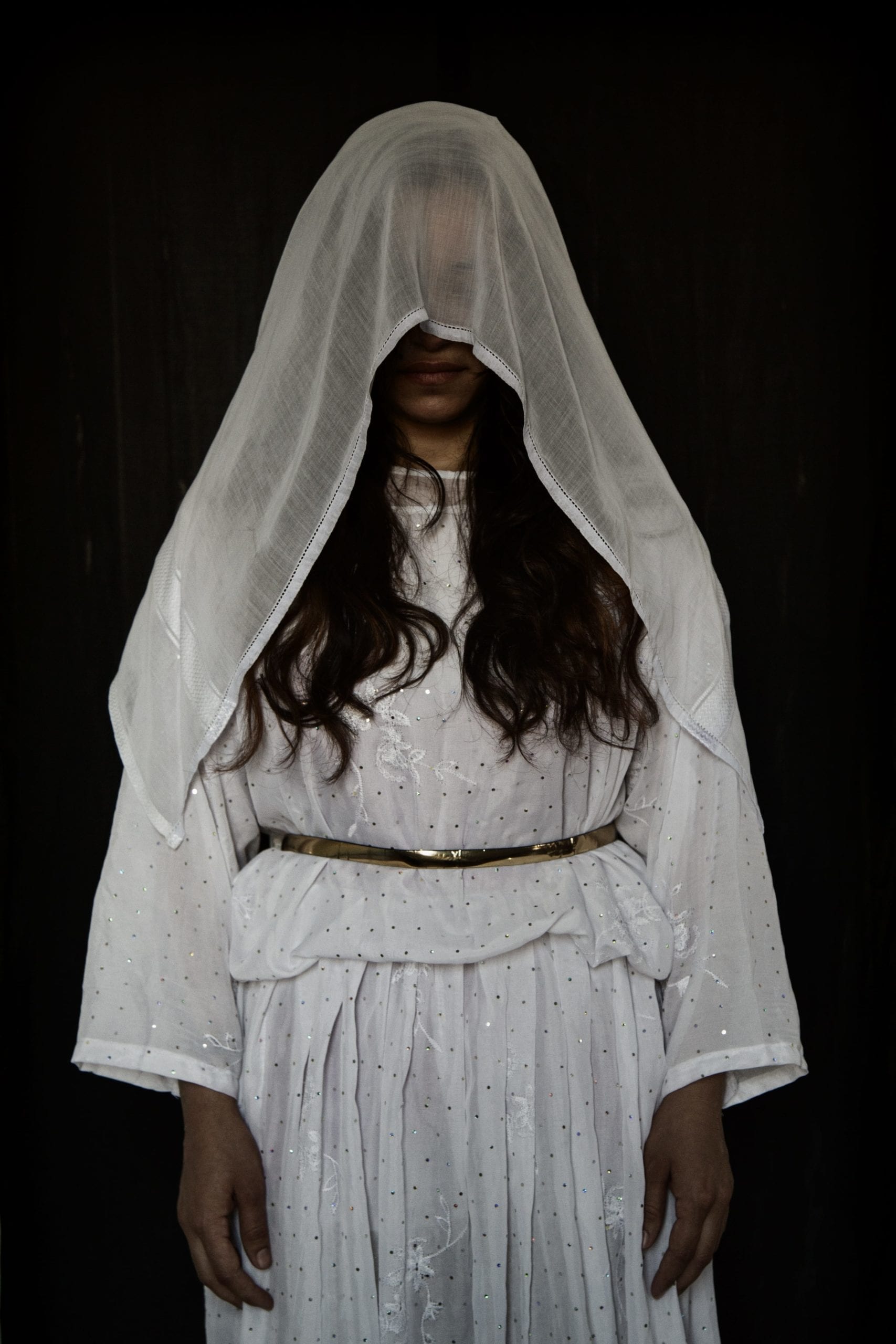
“She was having difficulty reporting and photographing while protecting the women’s identities. This kind of thing isn’t her usual fare, she normally does classic photojournalism.”
Bosio and Seivan looked at thousands of other photographs taken by other people and talked at length at the “philosophy” behind such photography.
“We went through the work of other photographers who work with similarly sensitive material,” Bosio says. “Eventually decided that it would be impossible to shoot this as reportage and so decided to approach it poetically.”
In response, Salim came up with the concept of the wedding dress – “both a symbol of purity and a way to disguise their identity.”
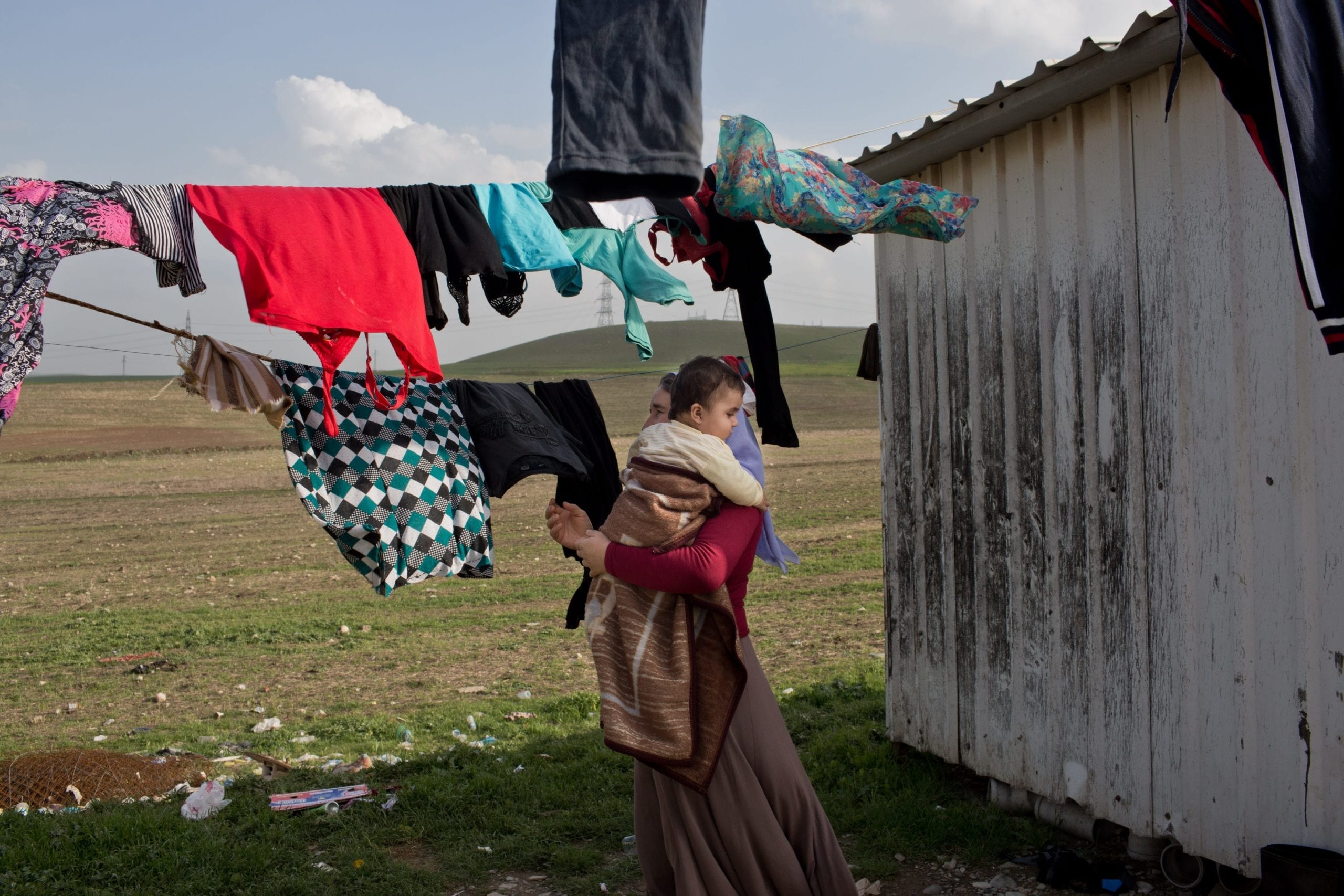
The family of Yezidis, displaced from Sinjar, live next to an oil refinery in the Kurdish Region of Iraq.
“That’s what happens when you grasp what photography can be,” Bosio says. “In just one year, you could see that her brain had starting approaching the discipline differently. She just hadn’t had the chance to think that way before.”
Bosio agreed to speak exclusively to BJP:
What’s the purpose of Map of Displacement?
“We are committed to tell the stories of the people of Iraq as it is today. Not just people going to refugee camps, but living and working in mosques, churches, schools and so on. They’re stories of people starting new lives.
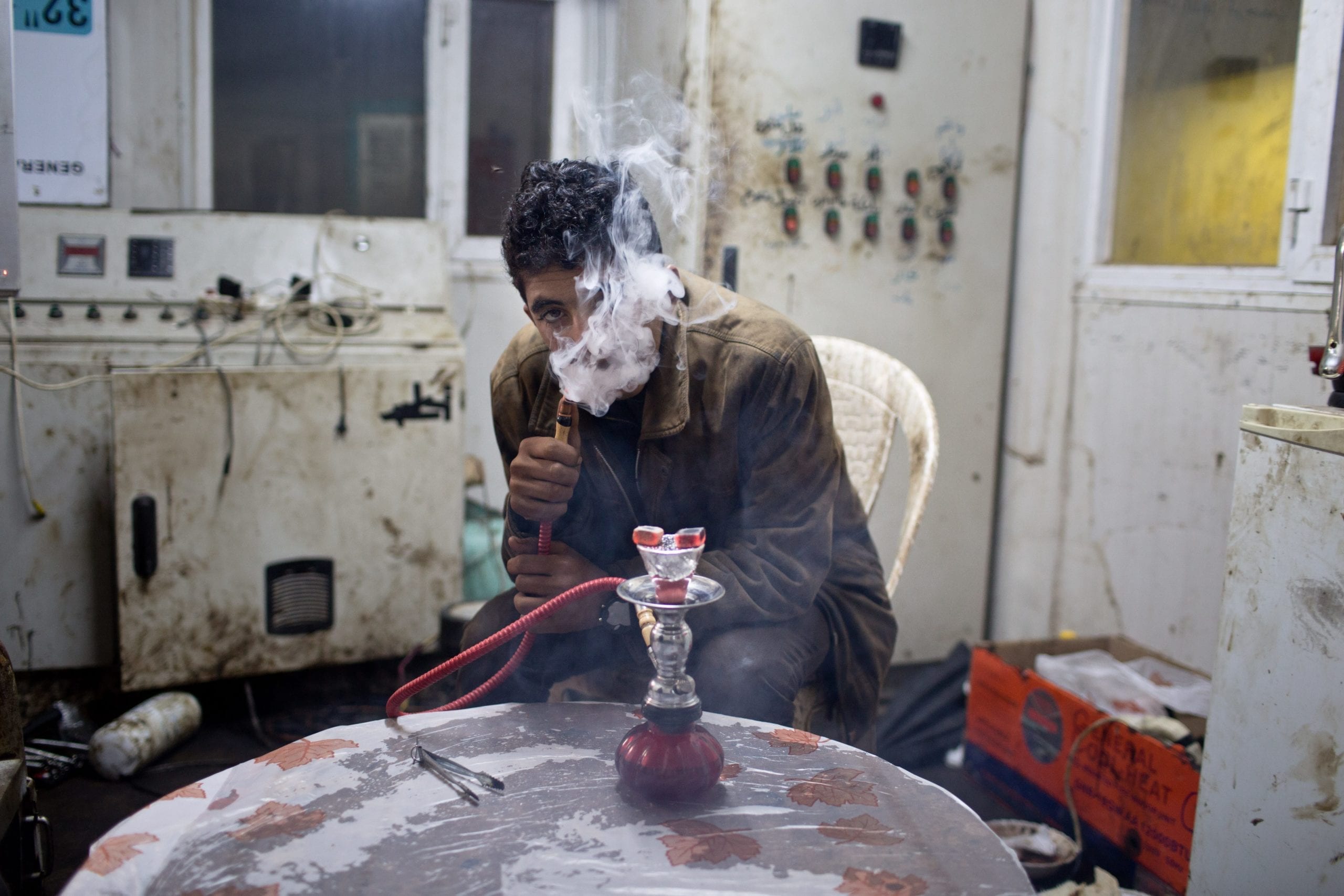
How do you find your subjects, and how do they feel about being photographed?
“I can only speak strictly for the Kurdistan region, but people are often reluctant to be photographed for different reasons, all of them understandable.
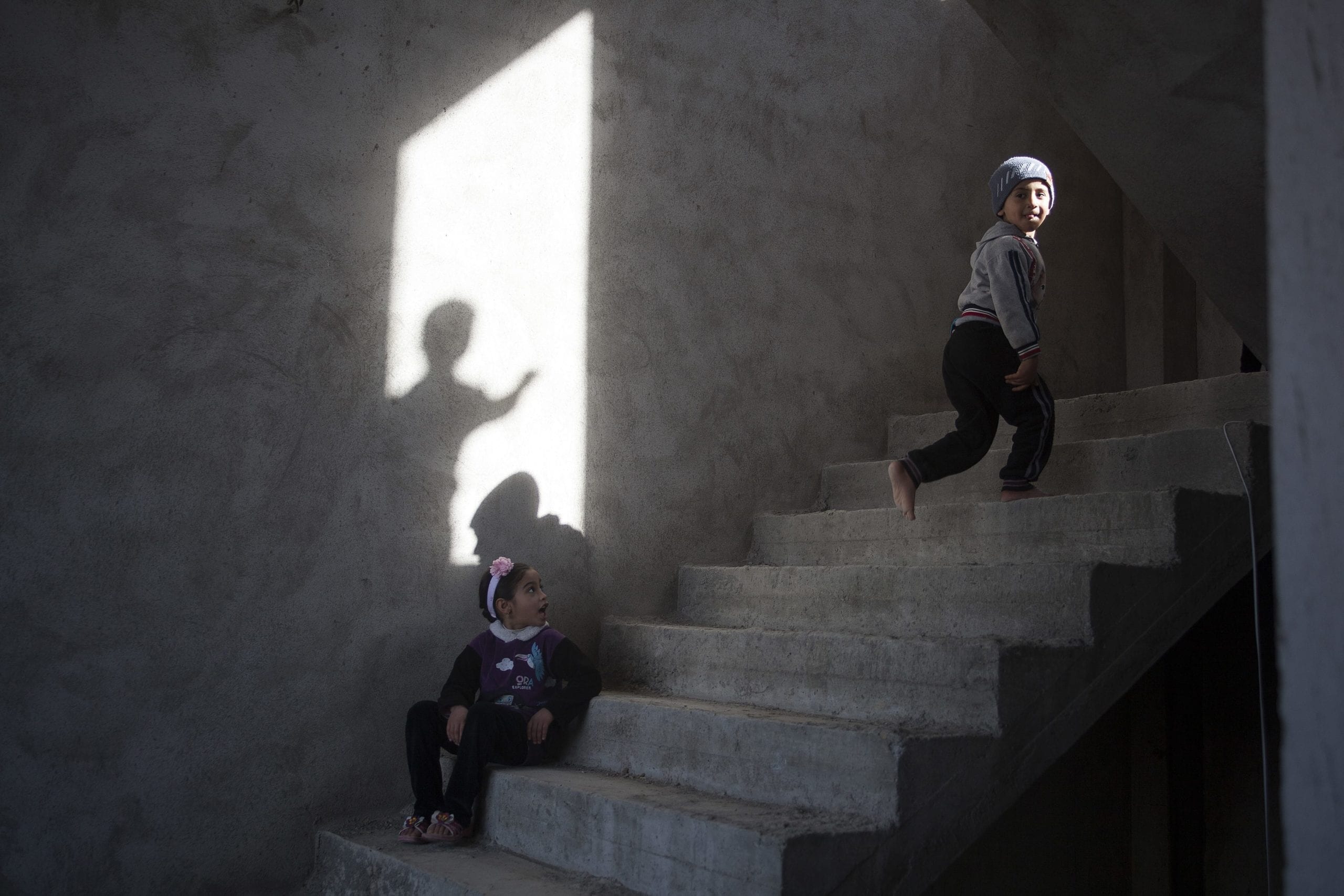
“Secondly there’s a cultural aspect. Women especially aren’t happy being photographed and people are reluctant to publicise the conditions in which they’re forced to live. There’s a stigma attached to being a refugee; it’s not a thing you’re proud of.
Is being photographed dangerous in your country?
“There’s an element of danger, yes. While an individual may be safe inside Kurdistan, it doesn’t mean their family is safe. Some of our subjects were really concerned about being identified because they fear repercussions for those still living in ISIS controlled territories. They say: ‘If ISIS see my picture and that I’m talking to Western media they’re going to kill my family.’ You have to respect that – you don’t take their name and you don’t photograph their face.”
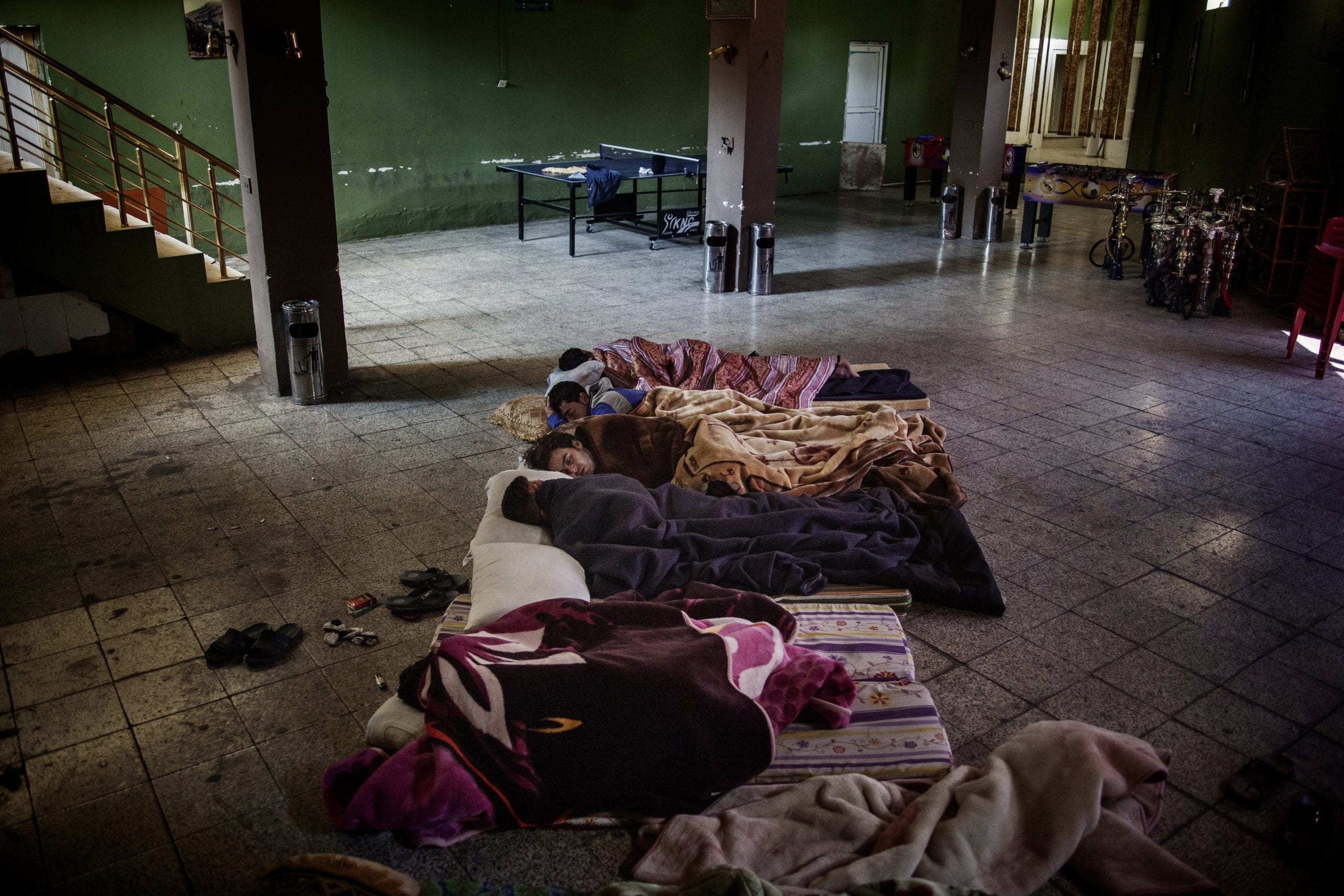
“You have to explain your motives; that they don’t need to pose, just talk to the journalists and tell your story. It’s a matter of making the people understand the importance of what they’re doing. If you manage to do that it’s always easier.
“What helps is that our photographers are Iraqi, so they can speak the same language, live with their subjects, eat with them. It also means they can stay in the country for longer than two weeks. For example, Rawsht Twana started shooting The Exemplary School of Sitark in winter and ended in summer. That’s five months of working with the same subjects. No international journalist could commit that long to this kind of story.”
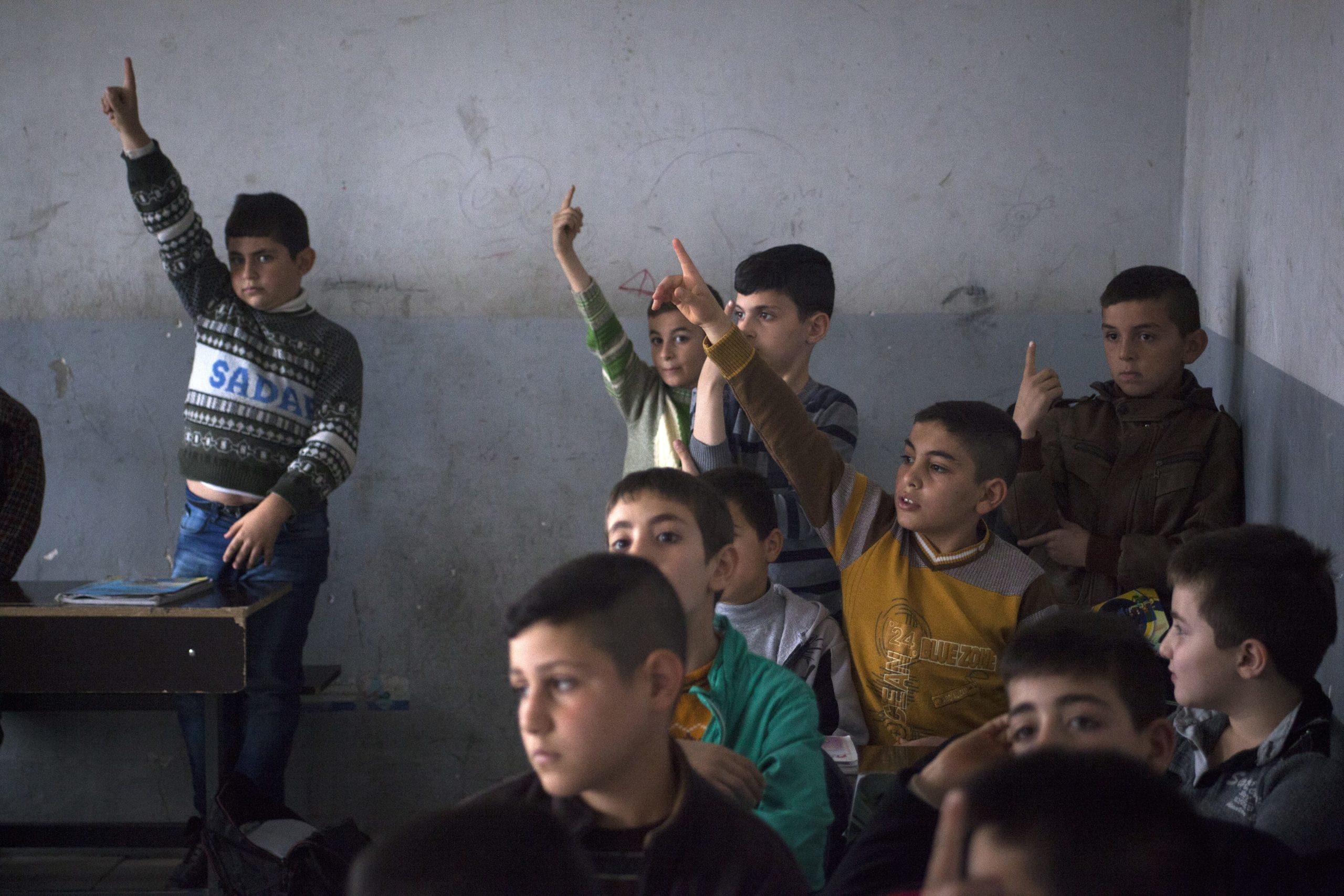
“International readers need to understand the magnitude of this crisis. In Europe there are 900,000 refugees and rising escaping the Middle East. This influx looks like a really big deal to these countries, and so you get these propagandist speeches saying it’s an invasion, that there’s no money, that all Muslims are bad and so on.
“Well, Kurdistan had an existing population of about 5 million people, and that’s now increased by a third – all displaced people. The magnitude of the problem here is ten times bigger. This project will help international audiences frame the situation, tackle the issues with the right attitudes and avoid lazy generalisations. I think it’s time to tell a more human story.”
Find out more about Map of Displacement.
